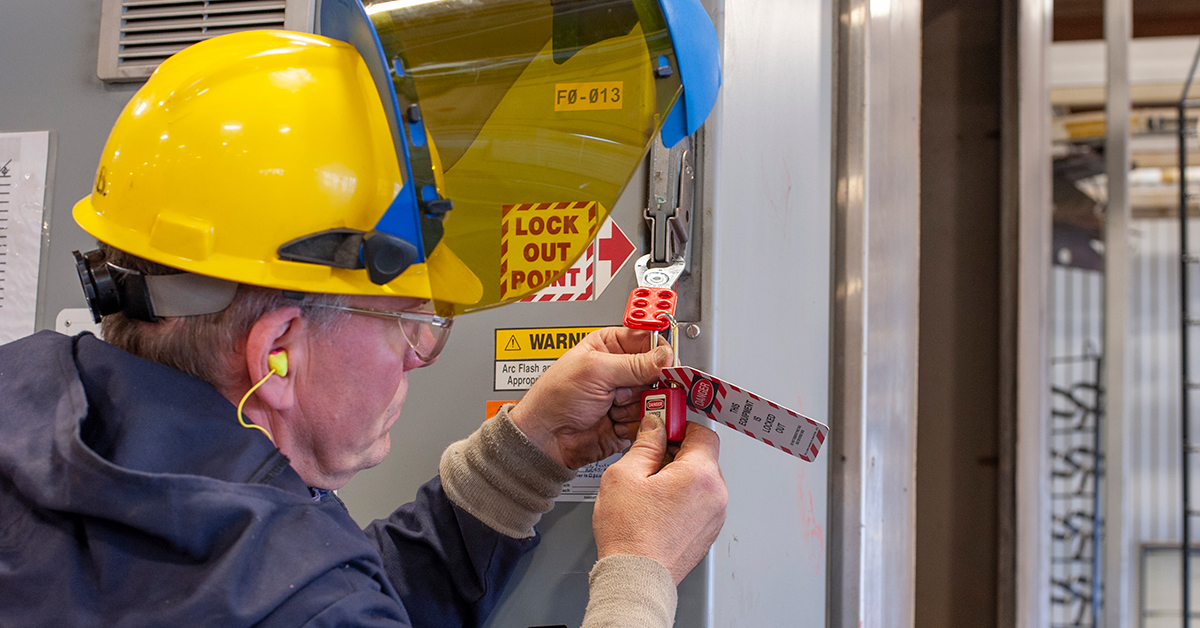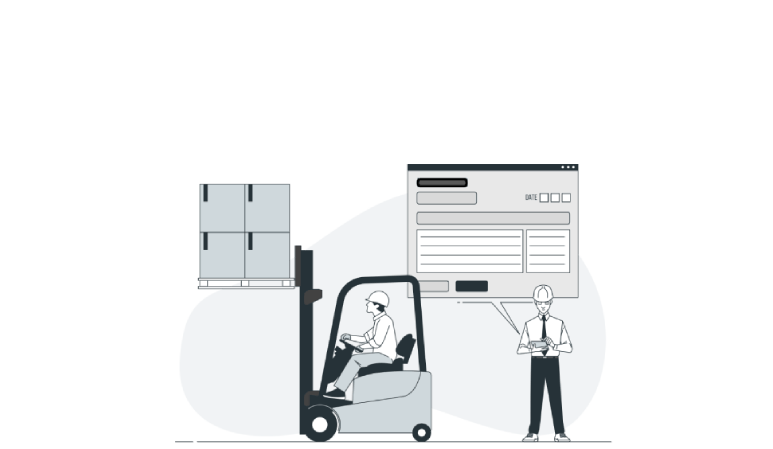
8 Apr 2025
Establishing a Robust LOTO Program
Creating an effective Lockout/Tagout (LOTO) program isn’t just about writing a procedure and storing it in a binder. It’s about establishing a living, breathing system—one that becomes an integral part of your facility’s safety culture. OSHA’s regulation 29 CFR 1910.147(c)(4) emphasizes this point clearly: employers must develop, document, and utilize procedures for the control of hazardous energy during servicing and maintenance.
But success doesn’t come from compliance alone—it requires consistency, engagement, training, and accountability. A well-framed LOTO program combines technical clarity, workplace discipline, and human responsibility to keep workers safe.
As safety expert Eleanor Everet once said:
"Safety is not a gadget but a state of mind."
In the context of LOTO, that state of mind means never assuming a machine is safe—until you’ve locked it, tagged it, and verified it.
The 7 Core Steps of Lockout/Tagout – Explained in Practice 🛠️
Each stage plays a critical role in preventing injuries and fatalities. Here, we break down the 7 core steps of LOTO into practical actions that align with real-world scenarios and OSHA 1910.147 compliance.
1. Preparation ✅
Identify equipment, energy sources, and potential hazards.
OSHA Ref: 1910.147(c)(4)(ii)(A) 📌
Before any servicing work is performed:
- The authorized employee must identify all energy sources (electrical, mechanical, pneumatic, hydraulic, chemical, thermal, etc.).
- They must understand how energy is controlled and which isolation points must be used.
- Refer to the machine-specific LOTO procedure to prepare tools and devices accordingly.
2. Notification 📣
Inform all affected employees of the shutdown process.
OSHA Ref: 1910.147(c)(5)(ii)(C) 📌
Before starting the lockout/tagout process:
- Notify affected employees—those who operate or work near the equipment—that it will be shut down and locked out.
- Communication must be clear to avoid accidental interaction with the system.
3. Shutdown⏹️
Follow established procedures to power down equipment.
OSHA Ref: 1910.147(d)(1) 📌
Systematic shutdown:
- The authorized employee follows the documented procedure to shut off power in the normal manner.
- Shutdown steps vary by equipment and must be defined in the written procedure.
4. Isolation 🛑
Disconnect the machine from energy sources.
OSHA Ref: 1910.147(d)(3) 📌
Physically isolate all energy sources:
- This includes throwing circuit breakers, closing valves, removing fuses, etc.
- All forms of energy must be considered: primary and secondary.
5. Dissipation 🧯
Release or block any stored energy (e.g., bleeding hydraulic lines).
OSHA Ref: 1910.147(d)(5) 📌
After isolation:
- Stored or residual energy must be relieved, restrained, or made safe.
- Examples:
- Bleed pressure from pneumatic lines
- Release hydraulic pressure
- Discharge capacitors
- Block moving parts
- Examples:
- If energy can reaccumulate, additional controls (restraints, blocking, etc.) must be used.
6. Lockout/Tagout 🔐
Secure energy-isolating devices with LOTO locks and tags.
OSHA Ref: 1910.147(d)(4) 📌
Apply lockout/tagout devices:
- Use locks to hold energy-isolating devices in the safe/off position.
- Apply tags with:
- “Do Not Operate” or similar wording
- Name of the person applying the device
- Date/time
- Devices must be:
- Durable: resistant to weather, chemicals, or conditions
- Standardized: in color, shape, or size
- Identifiable: easily traceable to the authorized employee
7. Verification✅
Test and confirm energy isolation before servicing.
OSHA Ref: 1910.147(d)(6) 📌
Before starting maintenance:
- Attempt to start the equipment to verify that all energy has been isolated.
- Test with meters or controls (e.g., pressing the start button) to confirm no motion or power.
- This ensures no residual energy remains and the equipment is safe to service.
Choosing the Right Lockout/Tagout Devices 🔧
Per 1910.147(c)(5), all devices used in lockout/tagout must meet OSHA’s requirements for:
- Durability – Withstand environmental conditions
- Standardization – Be uniform within the facility
- Substantiality – Prevent unauthorized removal
- Identification – Be traceable to the user
Here's a deeper look at the devices:
1. Electrical Lockout Devices🔌
- Used for circuit breakers, plug locks, and electrical disconnects.
- Prevent accidental re-energization of live circuits.
2. Valve Lockout Devices 🔧
- Designed for ball valves, gate valves, butterfly valves, etc.
- Secure the valve in the off position to stop fluid or gas flow.
3. Multi-Purpose Cable Lockouts 🔗
- Versatile for securing multiple devices or hard-to-fit energy sources.
- Ideal when dealing with unusual or complex configurations.
4. Padlocks & Tags 🔒
- Each authorized employee must use their own personal lock and tag.
- Locks should be keyed uniquely (one key per lock).
5. LOTO Boxes 📦
- Used in group lockout operations.
- A supervisor locks out all points and places keys inside a lockbox.
- Each worker attaches their personal lock to the box—equipment stays locked until the last person removes their lock.
Strengthening Your LOTO Program with OSHEPRO 🧠
Standardizing Procedures✔️
- OSHEPRO's powerful tool TRACI allows companies to digitally manage LOTO protocols, ensuring each procedure is:
- Written clearly
- Easily accessible to authorized employees
- Reviewed and approved regularly
Facilitating Annual Audits 📝
- OSHA requires annual inspection of each procedure (1910.147(c)(6)).
- TRACI can schedule, track, and document audits to ensure no procedure is missed.
Enhancing Safety Culture 🙋♂️
- Involving employees in reviewing and practicing LOTO fosters awareness.
- Powerful software applications like TRACI make it easier to log feedback, conduct retraining, and assign corrective actions.
Your Next Step: Turning Procedure into Practice 📌
Lockout Tagout is more than a regulatory requirement—it’s a critical component of workplace safety. With OSHA’s stringent enforcement and the significant risk posed by hazardous energy, every organization must prioritize the development and execution of a comprehensive LOTO program.
A well-framed LOTO program is not just about locking equipment—it’s about:
- Consistent procedures
- Informed and trained employees
- Using the right tools
- Regular verification and audits
Integrating technology, like OSHEPRO, helps move LOTO compliance from just meeting OSHA rules to creating a culture of proactive safety.
By staying compliant, conducting regular audits, and utilizing advanced safety tools like OSHEPRO, businesses can ensure a safer work environment while avoiding costly penalties.
For further guidance, visit the official OSHA website: OSHA Control of Hazardous Energy.
















.png)



.png)


.png)




.jpg)









